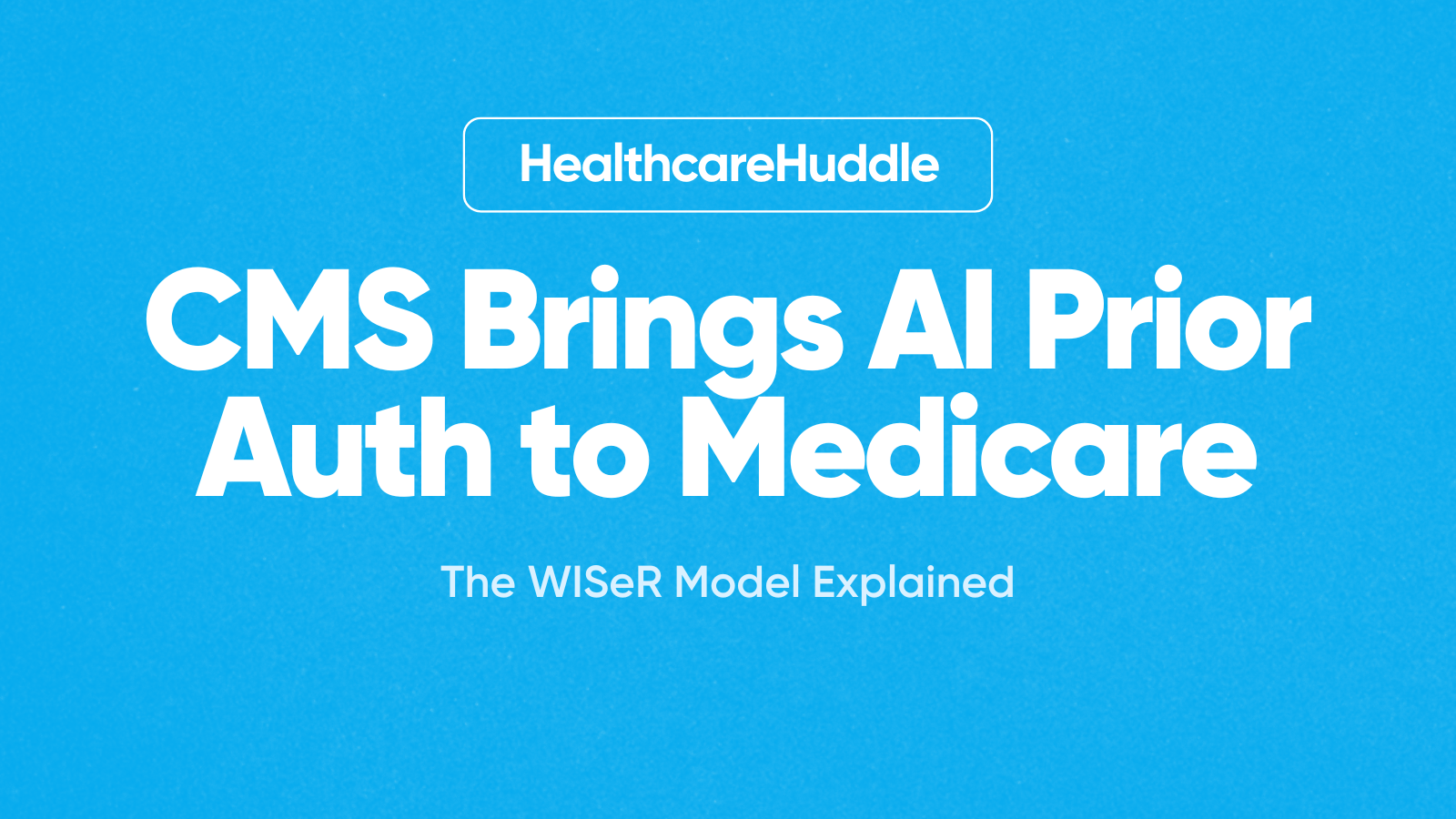If medicine were truly point‑A‑to‑point‑B, my job would end the moment I e‑prescribed amoxicillin or discharged a pneumonia work‑up.
Instead, an army of intermediaries—pharmacy benefit managers, group purchasing organizations, utilization‑review firms, and data brokers—wedges itself between doctor and patient. They process claims, negotiate rebates, “optimize” formularies, and invoice in triplicate… all while adding layers of cost and friction.
In this new monthly series, The Middlemen, I’ll map where each intermediary sits, unpack how they make money, and ask the only question that matters: Are they worth the price we all pay?
Middlemen did not emerge by accident; they filled real gaps in payment and logistics. But decades later, those gaps are smaller than the fees we keep handing over.
What exactly is a healthcare middleman?
Short definition: An organization that profits by brokering, bundling, or blocking the flow of drugs, data, or dollars between the clinical team and the patient.
Popular examples
Intermediary | Core “service” | Hidden toll |
|---|---|---|
Negotiate drug prices & manage formularies | Spread pricing, opaque rebates | |
Bulk‑buy supplies for hospitals | Admin fees baked into every gauze pad | |
CROs (Contract Research Orgs) | Run pharma clinical trials | Markups that double study budgets |
Revenue‑Cycle Vendors | Code & bill claims | 3‑10 % take on every collected dollar |
(Bookmark this list; I’ll dissect each player episode by episode.)
How middlemen became the norm
1970s – Paper claims and snail‑mail checks create processing bottlenecks → PBMs and TPAs step in.
1990s – Managed‑care boom rewards anyone who can “control utilization” → prior‑auth vendors explode.
2000s – Generic wave + rebate games → middlemen pivot from administrators to profit centers.
2010s‑present – Vertical integration (insurer + PBM + pharmacy) entrenches their market power.
Every time technology streamlined one pain point, a fresh middleman found another to monetize.
Bottom line: The middleman’s cut often exceeds the clinical value they add.
Can we live without them?
Yes, in theory: Transparent cash‑pay pharmacies, direct‑sourcing hospitals, and employer coalitions prove we can bypass certain toll booths.
Not overnight: Middlemen also provide claims plumbing, data pipes, and bulk leverage that a fragmented market can’t replace on a dime.
My stance: Reform beats repeal. We need to decouple the utility middlemen offer from the opacity they exploit.
How to Access The Middlemen
Huddle+ subscribers get each month’s The Middlemen episode, a printable cheat‑sheet essay, and access to back‑issues covering AI, policy, and the business of medicine. If you’re ready to cut through the noise:
Final thought
The middlemen won’t disappear quietly—but understanding their playbook is step one to rewiring the system.







